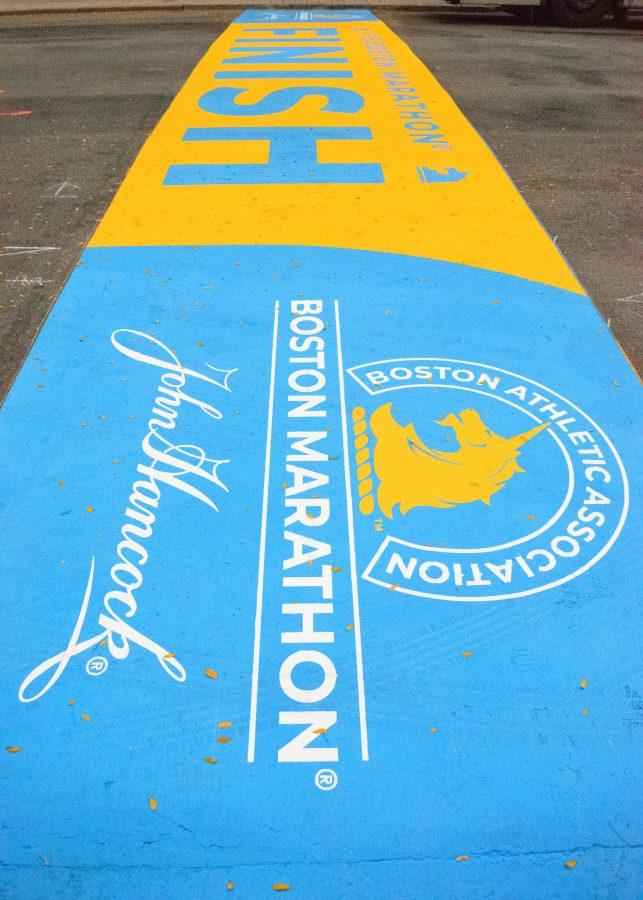Changing leaves and cool fall New England air replaced the cool spring air that comes in April. Two and half years since the last Boston Marathon, runners ran the familiar marathon route in October instead of April.
The marathon was canceled in 2020 due to the pandemic and then postponed from its usual April date to October in 2021. Excitement was felt either way as runners ran the iconic route.
The Boston Athletic Association took many precautions to ensure the safety of the runners and to follow COVID-19 guidelines.
Rolling start times were implemented and “all participants were required to provide proof of a WHO-recognized vaccination or negative COVID-19 test, and organizers say 95 percent of all volunteers (including 100 percent of medical volunteers) are vaccinated. Masks were required indoors, on event transportation and within the starting area” reports NPR.
Runners were not only running in person, but there was also a virtual marathon that took place from Friday, Oct. 8 to Sunday, Oct. 10.
According to NPR, “organizers say the combined in-person and virtual races made up the largest Boston Marathon in history.”
Two hours and nine minutes after the start of the marathon, Benson Kipruto from Kenya ran over the finish line winning the Men’s section of the race. Kipruto created a 46-second lead over the other racers behind him. Kipruto’s final time was 2:09:51.
Winner of the Women’s section Diana Chemtait Kipyogei, also from Kenya, came in at 2:24:45. Kipyogei crossed the finish line 23 seconds ahead of 2017 Boston Marathon winner, Kenyan runner Edna Kiplagat.
Marcel Hug, a Swiss Paralympian, won the Men’s Wheelchair division with a time of 1:18:11, just missing the course world record of 1:18:04 by seven seconds.
Hug likely would have made that record if it were not for missing one of the turns along the course and having to correct himself. While Hug missed the turn that would have awarded him a prize of $50,000 for beating the record, he was still awarded $25,000 for winning first.
Winning the Women’s Wheelchair division, Swiss athlete Manuela Schar came in at 1:35:21. She held her lead early and placed ahead of American athlete Tatyana McFadden.
The Boston Marathon taking place in October was not the only special occurrence for the marathon. It also fell on Indigenous Peoples’ Day, with Boston celebrating the holiday officially for the first time this year.
In order to make sure that Indigenous Peoples’ Day was not overshadowed by the marathon, organizers met with tribal representatives to discuss ways to honor the Indigenous community.
As reported by NPR, “Those steps included a ceremony before the marathon to acknowledge that the race travels through Indigenous homelands and donating to the Indigenous Peoples’ Day Newton Committee to help fund their first-ever Indigenous Peoples’ Day Celebration. Organizers are also celebrating Indigenous runners in banners across Boston.”
Some of the runners that they honored were Ellison Brown, of the Narragansett tribe, who won in 1936 and 1939; Patti Catalano Dillon, of the Mi’kmaq tribe, who was a three-time runner-up; and Tom Longboat, the 1907 champion. Deb Haaland, Secretary of the Interior and member of New Mexico’s Pueblo of Laguna tribe, was also one of the runners of the marathon this year.

